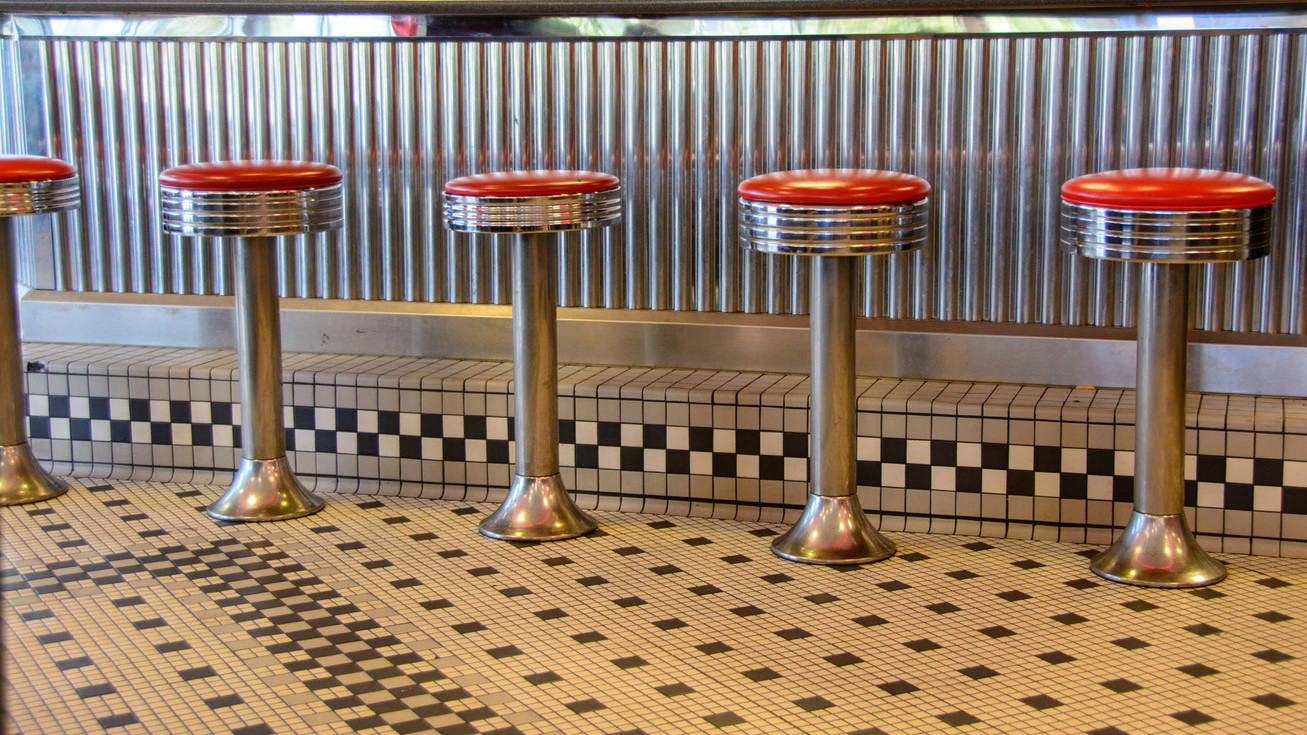Is A Farm-To-Table Diner Really A Diner?
What's a classically-trained chef who's cooked in fine-dining restaurants in New York and abroad to do when they want to open their own place and find that big city life is either prohibitively expensive and/or soul-sucking? One option, an article in The Wall Street Journal suggests, is to move back home (if home happens to be somewhere that's not a big city), take over an old diner, and bring it back to life by serving simple dishes prepared with fresh ingredients, and making as many things from scratch as time, money, and labor will allow.
The Journal interviews several of these chefs in the eastern part of the country, ranging from upstate New York to Detroit, who talk about the appeal of diner food, the relief of working with a smaller staff, and the pleasures of being part of a community. The Journal notes that this is, in fact, a throwback to the earliest days of the diner in the late 19th century, before Sysco and other restaurant suppliers began filling the nation's restaurant kitchens, and everything was, by necessity, prepared from scratch. (What if the line cooks were painfully bad at their jobs? What if they took advantage of all the loopholes that necessitated the Pure Food and Drug Act? Best not to think about it.)
There is the small matter price; that a plate of farm-to-table bacon and eggs costs considerably more than a plate of bacon and eggs made with mass-produced ingredients. (Maybe that's comparable to the cost of a meal at a 19th century diner if you adjust for inflation?) A few of the chefs in the article acknowledge this and explain that they offer specials and discounts to neighborhood customers. But, as Journal reporter Elizabeth G. Dunn notes, all this does lead to an important philosophical question: "How fancy can a diner get before it ceases being one?"
